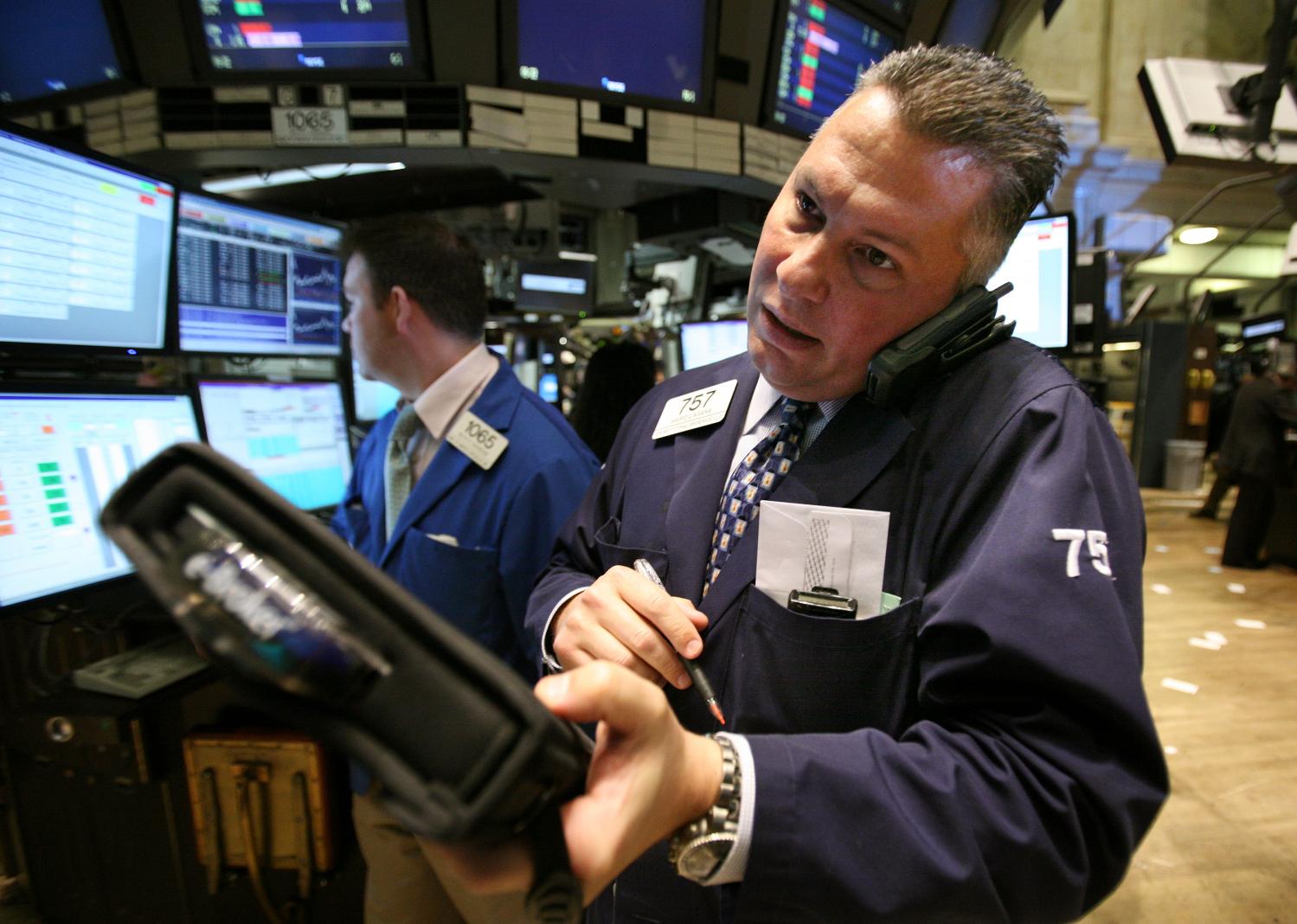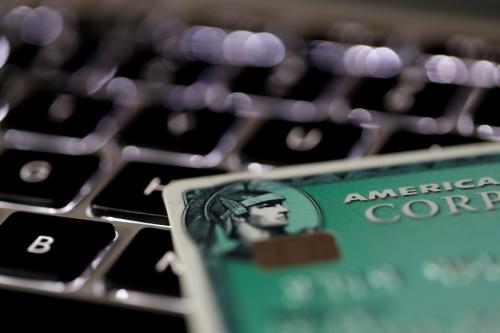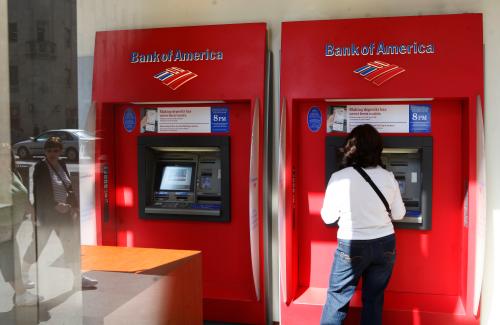This op-ed originally appeared in Real Clear Markets on October 30, 2019.
Robots have been coming for and successfully eliminating jobs for a long time: ask the iceman, elevator operator, or travel agent (if you can still find one). But what happens when the robots come for your job, succeed, and your job remains? Sounds strange but consider the conflicting reality of bank tellers and the robot designed to replace them: the Automated Teller Machine (ATM).
The first ATM appeared in America in 1969. ATM’s and the associated debit cards needed to use them, took off several decades later, aided in large part by legislation enacted by Congress to protect consumers in case their cards were stolen or misused (the Electronic Funds Transaction Act). With the proper consumer protection, and the correct economic incentives, the technology flourished.
Over 500,000 ATMs can be found across America today. And if ATM’s weren’t enough, technology went one step further, turning a device in almost everyone’s pocket into a pseudo ATM. Aided again by new legislation passed by Congress in 2003 (the Check 21 Act), people can move money, deposit checks, and pay bills directly from their phones. No person, or even a trip to see the automated teller machine is even necessary.
Yet a funny thing happened, the jobs ATMs were designed to compete with–bank tellers–and the retail stores they were imagined to replace–bank branches–remained. In fact, there are slightly more bank branches in 2017 than there were in 2007 and 18% more than in 2000.

Consider who works at the branches. There are 472,000 bank tellers in 2018 an over 10 percent increase since 2000. In fact, the number of bank tellers today is only slightly less than the number in 1990 or 1890. How did bank tellers survive the robot attack when others did not? Is there a lesson here to counter the narrative of the robot apocalypse coming to destroy service sector jobs?
Start by comparing it to jobs that were eliminated by robots. In 1930 over 67,000 Americans, were elevator operators. In 1910 there were over 167,000 telephone and telegraph operators. These jobs are handled primarily by robots now. Elevator operator has even been eliminated as a job classification. Yet, we have a world with many more phones and elevators and yes, total jobs.
This creative destruction whereby new technology first creates jobs, then displaced them with future automation, has not resulted in the end of work, or even the end of quality work. Arguments persist that this time is different because the robots are more sophisticated. It is true that technology’s logarithmic growth and the sustainability of Moore’s Law has allowed for robots to move from the more simple to the more complex. And this does threaten different jobs.
Those of us who may not remember telephone and elevator operators do remember travel agents. In 1990, there were almost 270,000 travel agents helping Americans buy plane and train tickets, book hotels, and organize business and leisure trips. Along came the internet. New technology allowed people to more efficiently and effectively book it themselves. Now more than 4 in 5 travel agent jobs have disappeared. Over 210,000 jobs gone, replaced by robots named Kayak, Expedia, Priceline, and apps from every hotel and airline.
Which brings us back to bank tellers, who have not gone the way of travel agents. This despite substantial technological innovation, widespread adoption of on-line and mobile banking, and the successful deployment of half-a-million robots designed specifically to automate this function.

There are functions that bank tellers and branches provide that have not yet been automated, or that people do not want to use machines to perform. Perhaps the next generation of machine learning and artificial intelligence will crack these codes. More likely, banks and customers have learned to use tellers to supplement and enhance the ability of machines. Tellers and ATMs work side by side providing complementary services. That this cohabitation has occurred and lasted this long is pretty indicative that it will likely continue to survive.
The bank branches of the future may look different. Some banks are already experimenting with completely new structures. Others argue branches will evolve to provide new services. The bottom line is that bank branches and the people who work there are not likely to be the next Blockbuster and video store employee. Not every robot that comes to take your job succeeds. In fact, some become your co-worker.
The Brookings Institution is committed to quality, independence, and impact.
We are supported by a diverse array of funders. In line with our values and policies, each Brookings publication represents the sole views of its author(s).








Commentary
Op-edNot all robots take your job, some become your co-worker
October 30, 2019